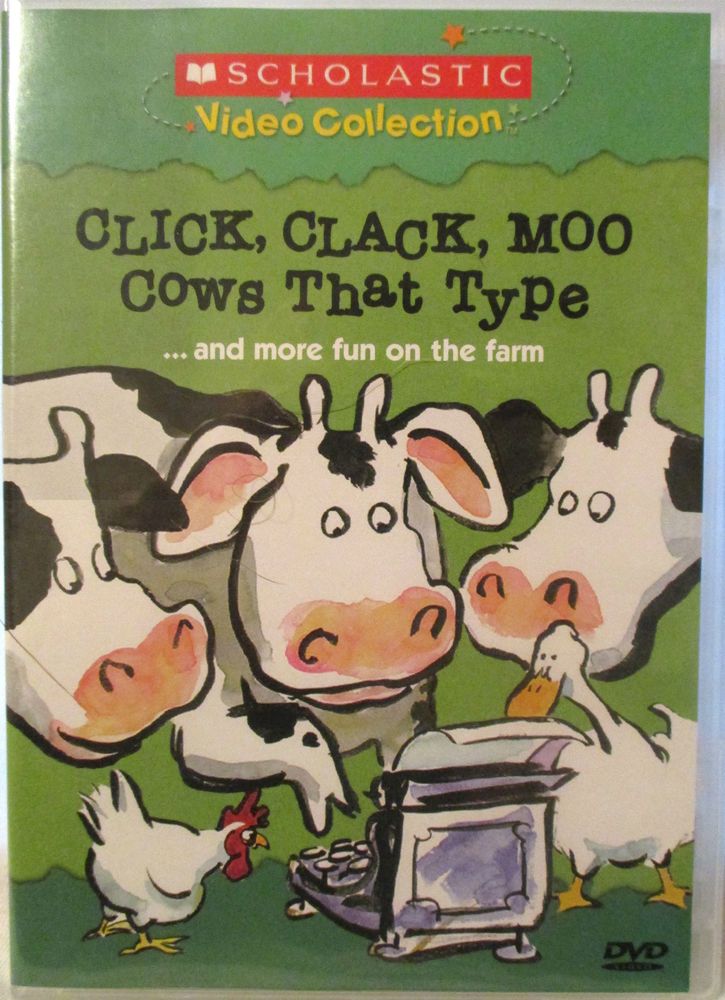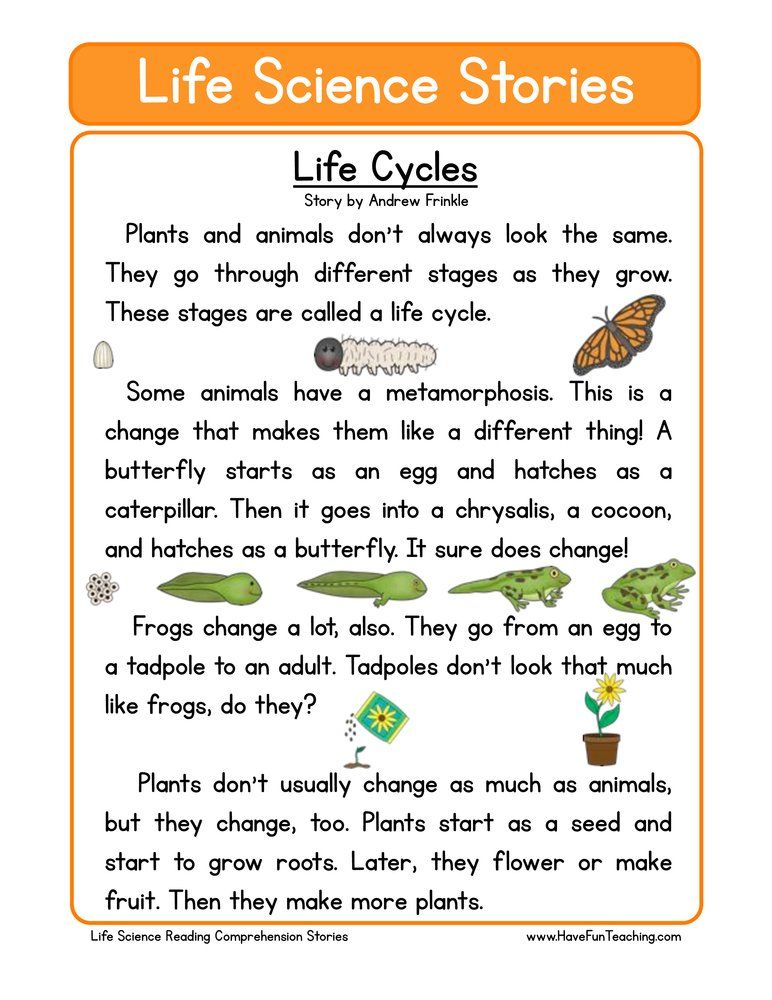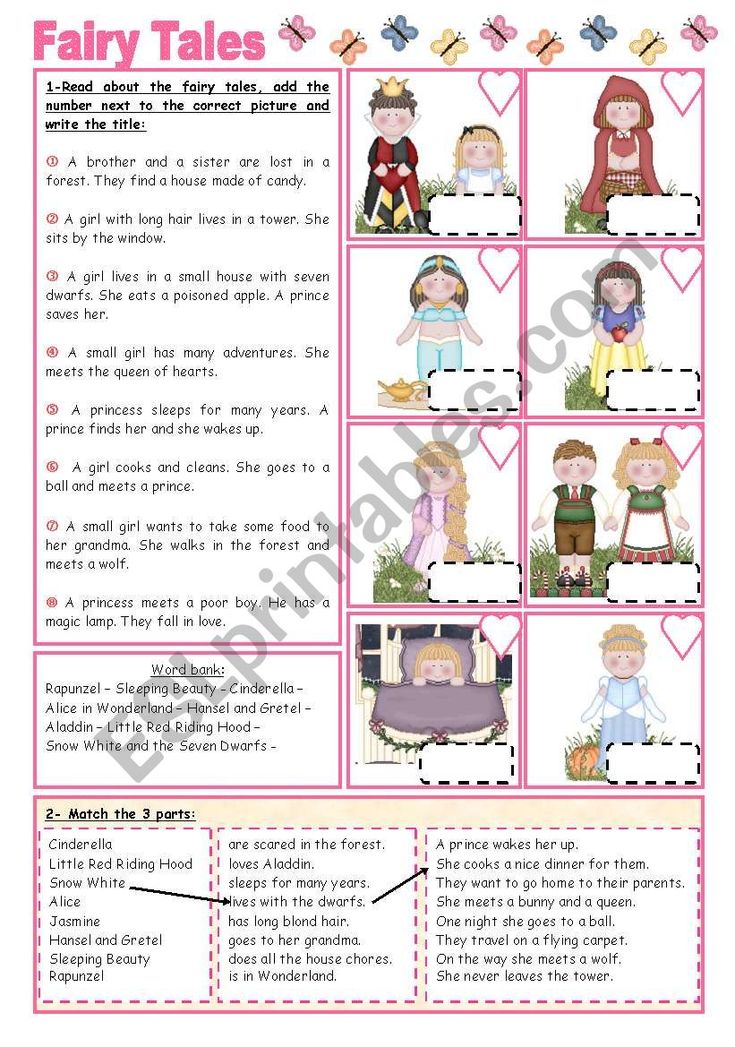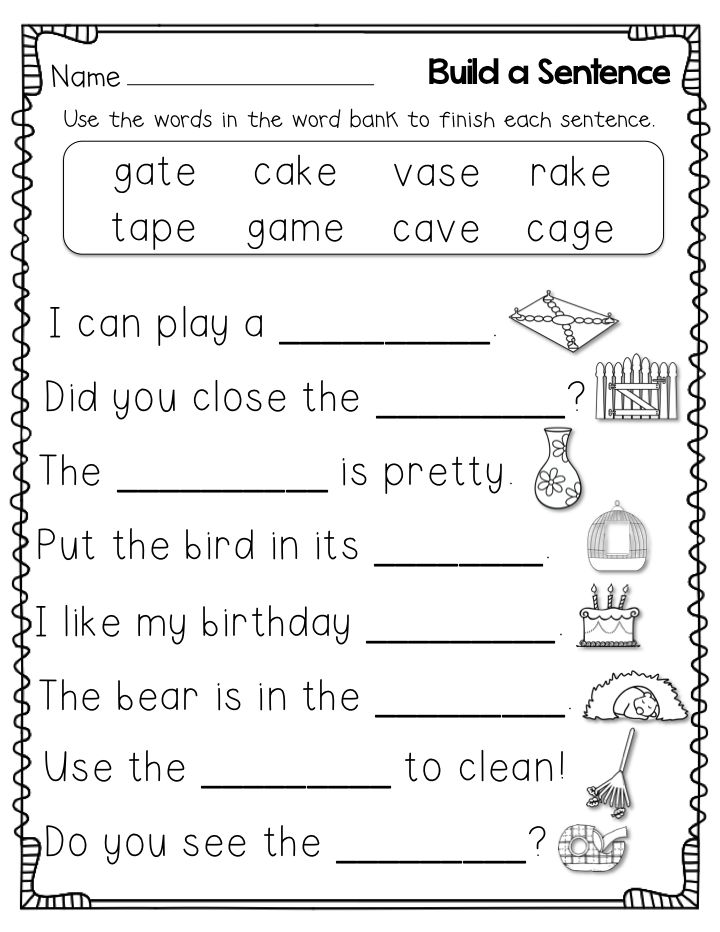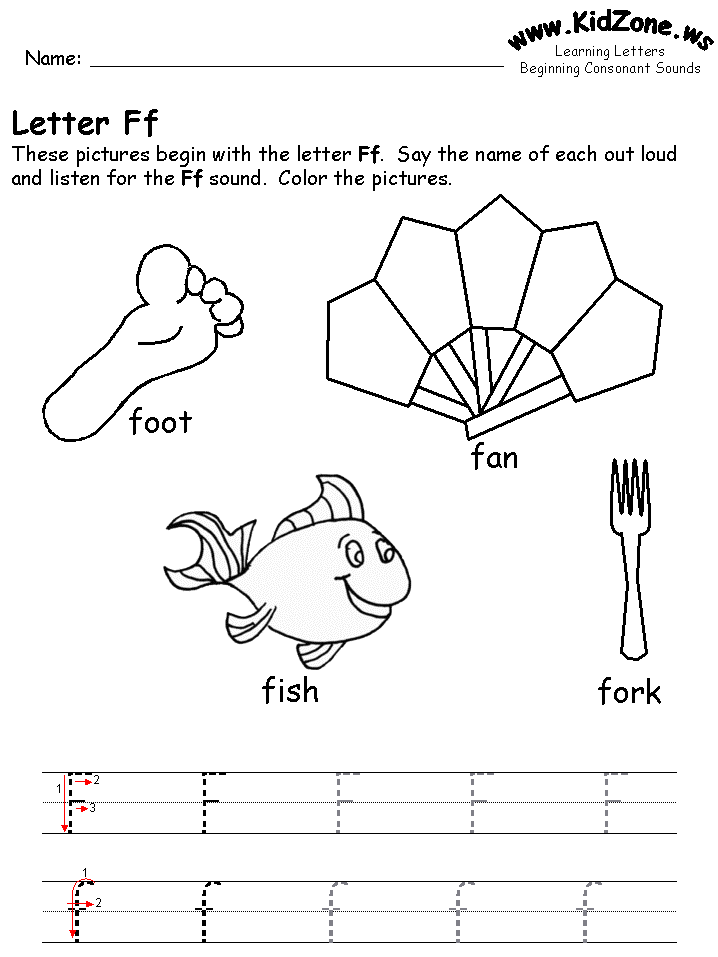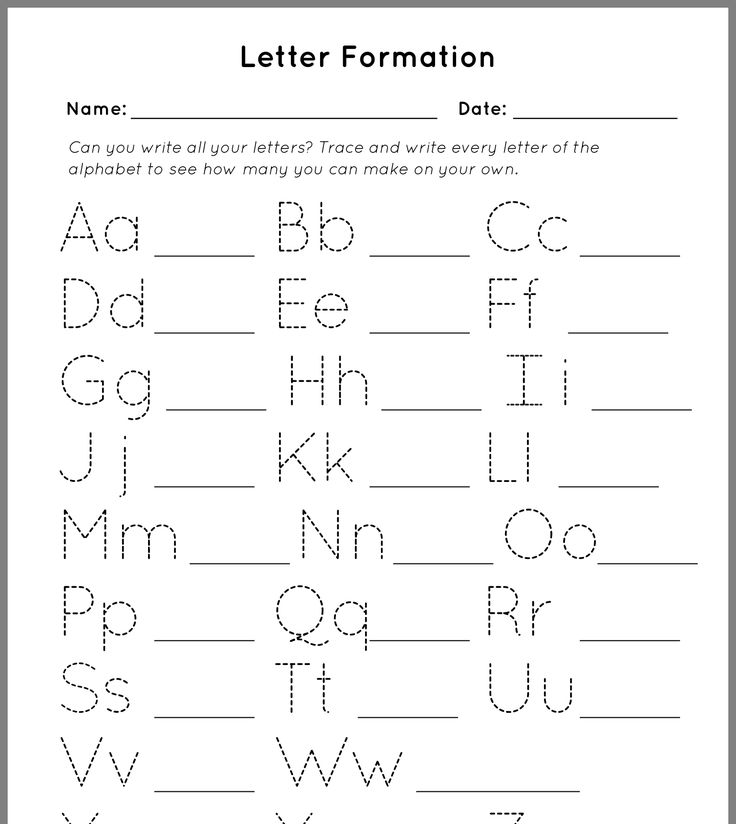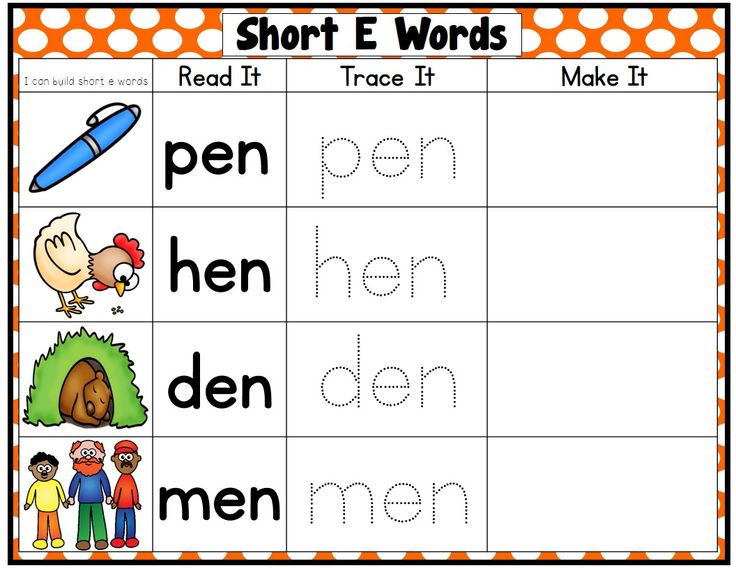Click clack moo the cows that type
Click Clack Moo: Cows That Type
None Read along about when the cows unite to improve their working conditions. Click, clack, moo! Click, clack, moo! Clickety, clack, moo! Farmer Brown can’t believe his ears. “Cows that type?” he says. Then he sees what they’re typing—their demands! It gets cold in the barn at night so they want electric blankets! Farmer Brown refuses to meet their demands and receives another note. The cows go on strike—no milk! Cows refusing to give milk? They’re cows! Farmer Brown still refuses and gets ANOTHER typed note. Now the hens are getting involved. Read along to this amusing story about a farmer in a demanding situation. Who do you agree with? Why? show full description Show Short DescriptionAnimals
Enjoy fun, animal stories for kids including bedtime favorites like Is Your Mama a Llama and Piggies in the Pumpkin Patch.
view all
Is Your Mama a Llama?
All About Kangaroos
Aggie and Ben: The Surprise
Aggie and Ben: Just Like Aggie
Aggie and Ben: The Scary Thing
Aggie the Brave: Get Well Soon
Aggie the Brave: A Visit to the Vet
Aggie the Brave: The Long Day
Good Dog, Aggie: Aggie At School
Good Dog, Aggie: Aggie in Training
Mechanimals
Click Clack Moo: Cows That Type
Who Am I? Wild Animals
Sweet Tweets: Five Little Ducks
Piggies in the Pumpkin Patch
One membership, two learning apps for ages 2-8.
TRY IT FOR FREE
Full Text
Farmer Brown has a problem. His cows like to type. All day long he hears Click, clack, moo. Click, clack, moo. Clickety, clack, moo. At first, he couldn’t believe his ears. Cows that type? Impossible! Click, clack, moo. Click, clack, moo. Clickety, clack, moo. Then, he couldn’t believe his eyes. \t“Dear Farmer Brown, \tThe barn is very cold at night. \tWe’d like some electric blankets. \tSincerely, \tThe Cows” It was bad enough the cows had found the old typewriter in the barn. Now they wanted electric blankets! “No way,” said Farmer Brown. “No electric blankets.” So the cows went on strike. They left a note on the barn door: \t“Sorry. \tWe’re closed. \tNo milk today.” “No milk today!” cried Farmer Brown. In the background, he heard the cows busy at work: Click, clack, moo. Click, clack, moo. Clickety, clack, moo. The next day, he got another note: “Dear Farmer Brown, The hens are cold too. They’d like electric blankets. Sincerely, The Cows” The cows were growing impatient with the farmer. They left a new note on the barn door: “Closed. No Milk. No Eggs.” “No eggs!” cried Farmer Brown. In the background he heard them. Click, clack, moo. Click, clack, moo. Clickety, clack, moo. “Cows that type. Hens on strike! Whoever heard of such a thing? How can I run a farm with no milk and no eggs?” Farmer Brown was furious. Farmer Brown got out his own typewriter. “Dear Cows and Hens: There will be no electric blankets. You are cows and hens. I demand milk and eggs. Sincerely, Farmer Brown” Duck was a neutral party, so he brought the ultimatum to the cows. The cows held an emergency meeting. All the animals gathered around the barn to snoop, but none of them could understand Moo. All night long, Farmer Brown waited for an answer. Duck knocked on the door early the next morning. He handed Farmer Brown a note: “Dear Farmer Brown, We will exchange our typewriter for electric blankets.
They’d like electric blankets. Sincerely, The Cows” The cows were growing impatient with the farmer. They left a new note on the barn door: “Closed. No Milk. No Eggs.” “No eggs!” cried Farmer Brown. In the background he heard them. Click, clack, moo. Click, clack, moo. Clickety, clack, moo. “Cows that type. Hens on strike! Whoever heard of such a thing? How can I run a farm with no milk and no eggs?” Farmer Brown was furious. Farmer Brown got out his own typewriter. “Dear Cows and Hens: There will be no electric blankets. You are cows and hens. I demand milk and eggs. Sincerely, Farmer Brown” Duck was a neutral party, so he brought the ultimatum to the cows. The cows held an emergency meeting. All the animals gathered around the barn to snoop, but none of them could understand Moo. All night long, Farmer Brown waited for an answer. Duck knocked on the door early the next morning. He handed Farmer Brown a note: “Dear Farmer Brown, We will exchange our typewriter for electric blankets. Leave them outside the barn door and we will send Duck over with the typewriter. Sincerely, The Cows” Farmer Brown decided this was a good deal. He left the blankets next to the barn door and waited for Duck to come with the typewriter. The next morning he got a note: Dear Farmer Brown, The pond is quite boring. We’d like a diving board. Sincerely, The Ducks Click, clack, quack. Click, clack, quack. Clickety, clack, quack.
Leave them outside the barn door and we will send Duck over with the typewriter. Sincerely, The Cows” Farmer Brown decided this was a good deal. He left the blankets next to the barn door and waited for Duck to come with the typewriter. The next morning he got a note: Dear Farmer Brown, The pond is quite boring. We’d like a diving board. Sincerely, The Ducks Click, clack, quack. Click, clack, quack. Clickety, clack, quack.
1
We take your child's unique passions
2
Add their current reading level
3
And create a personalized learn-to-read plan
4
That teaches them to read and love reading
TRY IT FOR FREE
Click, Clack, Moo: Cows That Type Book Review
Skip to main contentBook review by Regan McMahon, Common Sense Media
Common Sense says
age 4+
Farm animals go on strike in funny, award-winning book.
Doreen Cronin Picture Book 2000
Rate book
Common Sense is a nonprofit organization. Your purchase helps us remain independent and ad-free.
Rate book
Did we miss something on diversity?
Research shows a connection between kids' healthy self-esteem and positive portrayals in media. That's why we've added a new "Diverse Representations" section to our reviews that will be rolling out on an ongoing basis. You can help us help kids by suggesting a diversity update.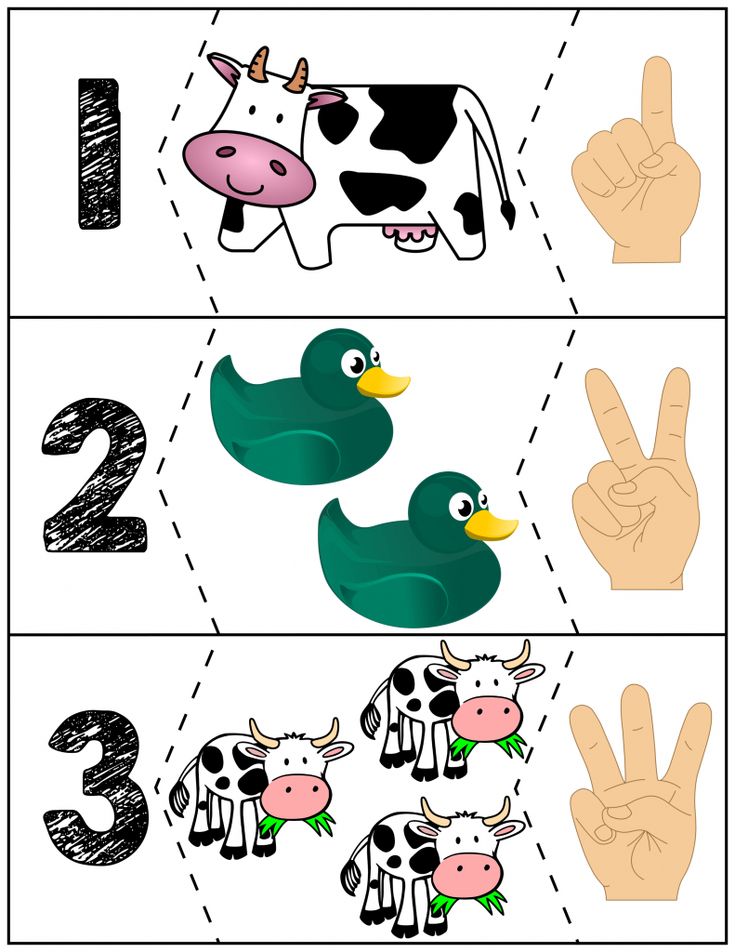
What Parents Need to Know
Parents need to know that Click, Clack, Moo: Cows That Type is a Caldecott Honor Book that spawned numerous sequels featuring the independent-thinking barnyard animals on Farmer Brown's farm, including Dooby Dooby Moo and Duck for President. Its irreverent humor's timeless, even though today's kids may be unfamiliar with typewriter technology! Parents may need to explain the concept of going on strike, but even preschoolers know about standing up to authority and refusing to do what's expected of them. They may even learn a bit about the art of negotiation and getting what you want through give and take rather than fights and tantrums.
Community Reviews
grandmareader Adult
December 3, 2018
age 4+
One of my favorite children's books!
This is a funny and clever book about animals typing up their requests for the farmer, but on another level it is about going on strike, selecting someone to represent you, stating your grievances, and changing working conditions.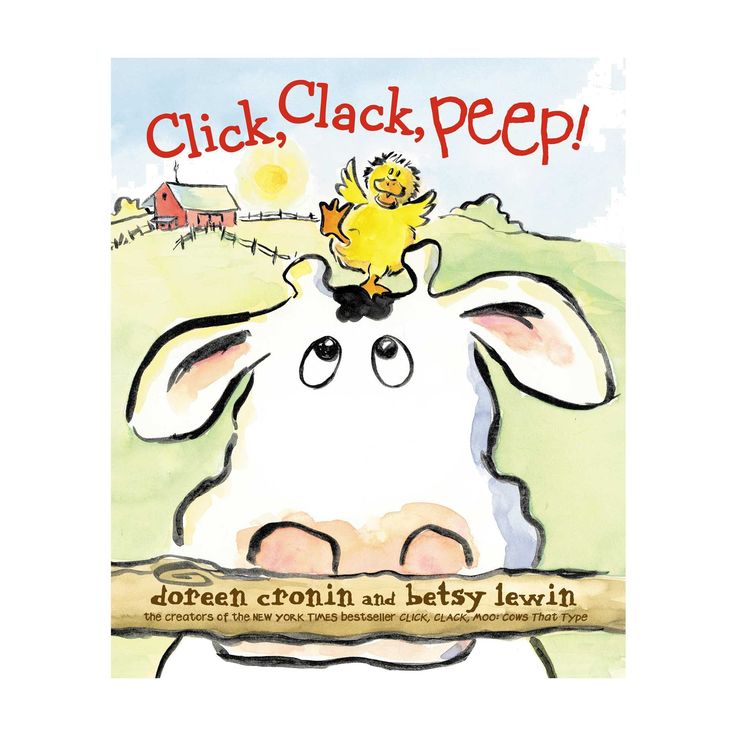 In other words, even an older audience would enjoy this smart book.
In other words, even an older audience would enjoy this smart book.
What's the Story?
The animals on Farmer Brown's farm find a typewriter and the Cows type a request: \"Dear Farmer Brown, The barn is very cold at night. We'd like dome electric blankets. Sincerely, the Cows.\" The farmer types a note in response -- \"No way\" -- and tacks it on the barn door. So the animals go on strike: The Cows refuse to give milk and the Hens refuse to give eggs. A few notes go back and forth, then Duck finally offers to trade the typewriter for electric blankets and the strike's over. But then Duck demands a diving board for the pond.
Is It Any Good?
CLICK, CLACK, MOO: COWS THAT TYPE is funny, clever, offbeat, silly and all around delightful. Kids will enjoy seeing those who are bossed around stand up for themselves and resist. And they'll also get a lesson in how to negotiate and get your way without throwing a tantrum. This modern classic inspired the sequels Giggle, Giggle, Quack; Dooby Dooby Moo; Thump, Quack, Moo; the Halloween-themed Click, Clack, Boo!: A Tricky Treat, and Duck for President.
Talk to Your Kids About ...
Families can talk about what it means to go on strike. What demands might be on your list, and what might you trade to get your way?
Have you read any of the other books in this series featuring the Cows, Duck, and Farmer Brown? How does this one compare?
What's funny about cows using a typewriter? Have you ever seen one or used one? How's a typewriter different from a computer?
Book Details
- Author: Doreen Cronin
- Illustrator: Betsy Lewin
- Genre: Picture Book
- Topics: Horses and Farm Animals
- Book type: Fiction
- Publisher: Little Simon
- Publication date: February 1, 2000
- Publisher's recommended age(s): 3 - 8
- Number of pages: 32
- Available on: Paperback, Nook, Audiobook (unabridged), Hardback, iBooks, Kindle
- Award: Caldecott Medal and Honors
- Last updated: December 14, 2018
Our Editors Recommend
-
Goldilocks and the Three Dinosaurs: As Retold by Mo Willems
Silly dino twist on Goldilocks tale is roaring good fun.

age 3+
-
I Want My Hat Back
Silly theft story ultimately shows bear is the boss.
age 4+
-
Dragons Love Tacos
Taco party has fiery consequences in funny dragon tale.
age 4+
For kids who love picture books and animal stories
- Picture Books
- Children's Books About Animals
- See all recommended book lists
Themes & Topics
Browse titles with similar subject matter.
Common Sense Media's unbiased ratings are created by expert reviewers and aren't influenced by the product's creators or by any of our funders, affiliates, or partners.
See how we rate
THE MOST EFFECTIVE WAY TO TRACK COWS IN THE HUNTING - Afimilk representative office in Russia
They say timing is everything.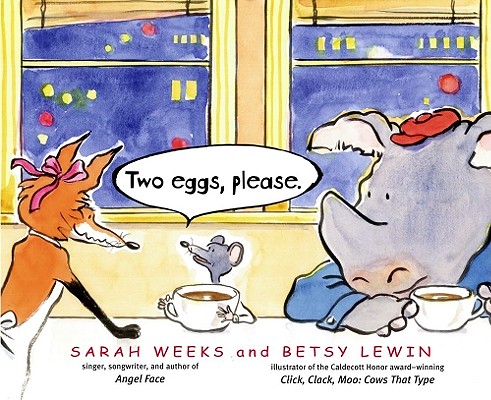 This expression is especially true when it comes to the insemination of cows - the time must be ideal for insemination to lead to conception and pregnancy.
This expression is especially true when it comes to the insemination of cows - the time must be ideal for insemination to lead to conception and pregnancy.
When conception is at its highest, cows become pregnant at the optimum time, milk production is maintained at optimum levels, and the result is healthy cows and a significant increase in farm profitability. However, despite the critical importance of fertility rates, only 35-45% of cows become pregnant at first insemination.
Every time a cow is inseminated and the attempt fails, the farm loses money. Thus, if the goal is to ensure that cows are impregnated as soon as possible after the voluntary waiting period (VWP), farmers should do everything in their power to make this happen. Tracking signs of heat to determine the exact time to inseminate is the key to timing and increasing fertilization rates. Read on to find out why traditional heat detection methods are becoming obsolete due to the wave of digital transformation hitting agriculture.
Traditional Heat Detection Methods
Farmers have been detecting heat in cows for centuries, but while technology has come a long way, there are still farmers who still use traditional (read: obsolete) methods to do this, the most popular of which are manual heat detection and tail coloring (also known as chalk marking).
Definition hunting manual
The farmer must go to the barn or pasture and visually inspect each cow for visible signs of heat. This should happen 365 days a year, in the heat of summer, and in the cold of winter, and on the rainiest days. Even without missing a single day, the farmer can only "catch" no more than 50% of the cows in heat, as the cows may show signs of heat at night when the farmer is not watching.
On larger farms with more workers, there may be discrepancies in how different people track or recognize signs of heat. And each person should record their findings. Whether you use pen and paper or a spreadsheet, manual data entry always carries the risk of inadvertent errors and potential misinterpretations that can lead to a missed opportunity to select the right moment to inseminate. Finally, on a large farm with hundreds or thousands of cows, watching for signs of heat takes up a huge amount of time that could be spent on other necessary tasks.
Whether you use pen and paper or a spreadsheet, manual data entry always carries the risk of inadvertent errors and potential misinterpretations that can lead to a missed opportunity to select the right moment to inseminate. Finally, on a large farm with hundreds or thousands of cows, watching for signs of heat takes up a huge amount of time that could be spent on other necessary tasks.
The biggest disadvantage of manual estrus tracking is that it is labor intensive and still results in up to 50% of cows being missed in heat, making this method less reliable.
Tail dyeing/chalking
Another popular option is tail dyeing, also called chalking. With this method, chalk or another substance is applied to the cow's tail. When a cow is in heat and other cows jump on it, the chalk wears off, leaving the farmer with clear evidence of heat. Instead of watching the cows in person, the farmer can simply check the tails as the cows enter the parlour, and determine which ones are ready to be mated.
Tail coloring is time consuming and labor intensive as each cow must first be placed in a headlock to be painted or chalked. The insemination companies offer this as an additional service, which requires significant additional costs.
Tail coloring is inaccurate and unreliable when a cow may have been in heat but not jumped on by other cows, or the chalk has not worn off enough to be noticeable. In addition, already pregnant cows will not be marked with chalk, although they may have had an abortion, and then they came back into heat.
Livestock joins the digital revolution…
Technological advances are not just for high-tech industries, more traditional industries are also experiencing digital revolutions of their own. Agriculture is no exception, and there are many innovative technological tools in this area that can make life easier for farmers and ultimately affect the bottom line of the farm.
Thus, the most effective technology in dairy farming is the possibility of remote monitoring and real-time data collection.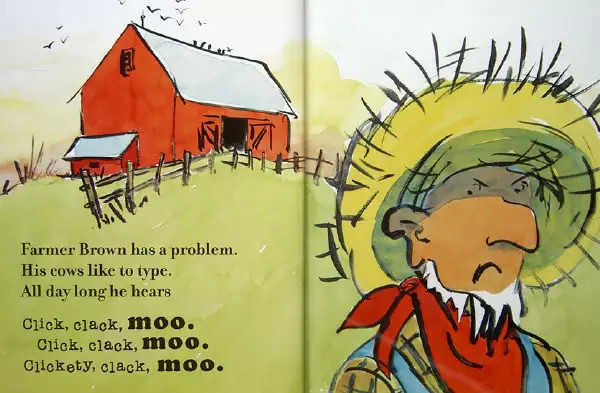 Such devices, foot pedometers, or collars can be attached to cows and used to monitor various health parameters (eg, dormancy and rumination), including signs of heat. The key benefits of this type of digital monitoring are continuity and accuracy. Continuous 24/7 monitoring means the farmer is alerted to the optimal time to inseminate, no matter what time of day or night it is, without the need to physically check every cow. Using digital control, cows and heifers can be observed even during the voluntary waiting period in order to catch the earliest possible moment of the start of the heat. The sensors can also detect cows that are not showing signs of heat and may need treatment, giving the farmer valuable information that would otherwise be missed.
Such devices, foot pedometers, or collars can be attached to cows and used to monitor various health parameters (eg, dormancy and rumination), including signs of heat. The key benefits of this type of digital monitoring are continuity and accuracy. Continuous 24/7 monitoring means the farmer is alerted to the optimal time to inseminate, no matter what time of day or night it is, without the need to physically check every cow. Using digital control, cows and heifers can be observed even during the voluntary waiting period in order to catch the earliest possible moment of the start of the heat. The sensors can also detect cows that are not showing signs of heat and may need treatment, giving the farmer valuable information that would otherwise be missed.
Digital monitoring provides farmers with a real-time picture of the overall health and fertility of each cow, including when the cow is in heat and, to the hour, the best time to inseminate her, increasing the chances of a successful first insemination.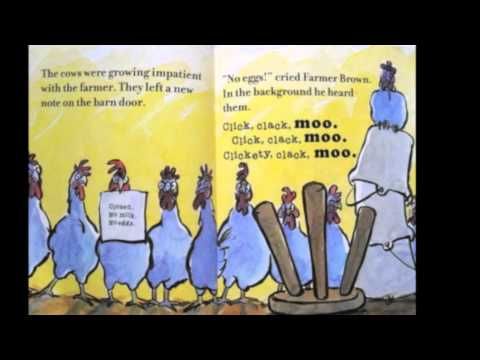 attempts.
attempts.
It's not only data , but ANALYSIS……
Undeniably, digital monitoring greatly improves heat tracking and detection, but in order to really see drastic changes in farm profitability, data analysis is needed, obtained using digital monitoring. Monitoring will show when a cow is in heat and suggest a window of time for the best chance of successful insemination. But once you start analyzing the data, a whole new world of possibilities opens up.
The following are key points that can only be identified with proper analysis:
• Optimal length VWP (voluntary waiting period) specific farm. He will be able to see the conception rate of cows at the first insemination at various time intervals (i.e. less than 50 days in lactation, 50 to 70 days, etc.) and easily determine which time frames lead to the highest reproduction rates.
• Reducing the number of open days - based on the analysis, the farmer can determine the best day for the first insemination, which is most likely to lead to pregnancy. In this way, the inter-hotel period can be reduced by reducing the number of open days and, ultimately, save the farm money.
In this way, the inter-hotel period can be reduced by reducing the number of open days and, ultimately, save the farm money.
• Bull analysis - most farms use semen from more than one bull for insemination. With a digital system, it is easy to keep track of what semen is being used for each cow, and this data can show which semen from bulls results in higher fertility rates. This information will help not to waste sperm, save time and money.
• Inseminator Performance Analysis - Some farms may have several specialists inseminating cows at different times, especially if it is a large farm or a service is used and not necessarily inseminating by the same inseminator each time. You can track the performance of a seeder (measured by fertility rates) to see if some of them have more skill (or luck) than others and then adjust their performance accordingly.
Using data analysis based on digital monitoring, farmers can increase their heat detection rate, which in turn will increase the conception rate and positively affect the productivity of the farm as a whole.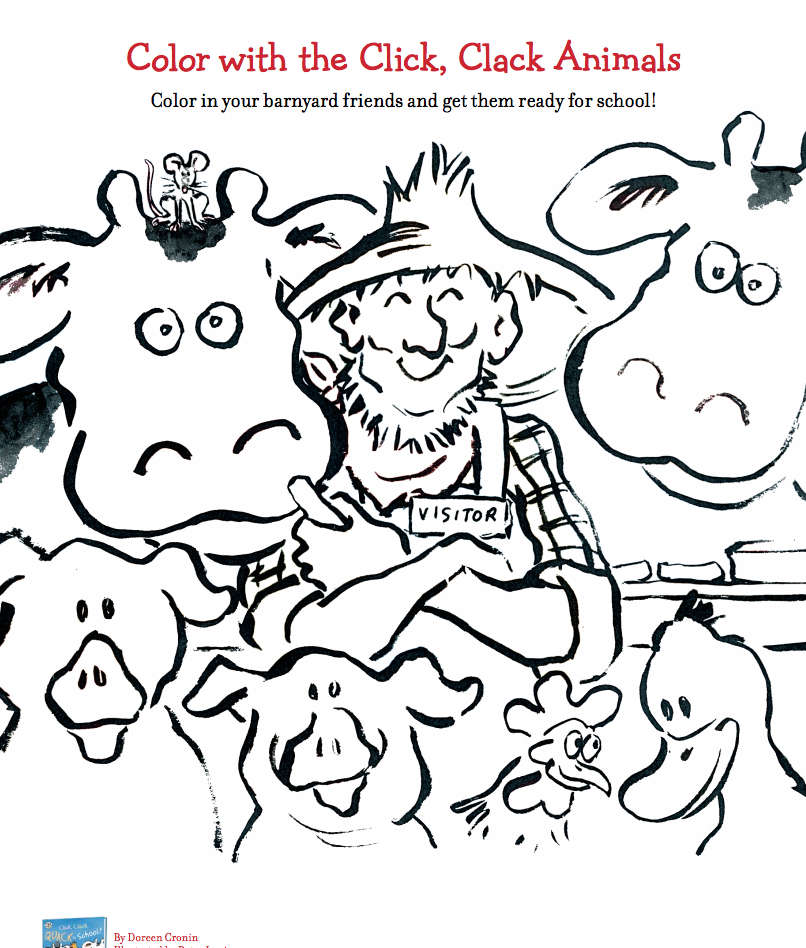 In addition to monitoring individual cows, data can also provide a picture of the health and reproductive performance of the herd as a whole.
In addition to monitoring individual cows, data can also provide a picture of the health and reproductive performance of the herd as a whole.
Join new 0009 era livestock
If you haven't joined the digital revolution, now is the time. Imagine being able to take a vacation, spend more time with your family, or just have time to manage your farm more efficiently knowing your cows are under 24/7 surveillance and you'll get alerts for every cow in heat without having to be physically present on the farm. You can receive a personalized report every day informing you which cows should be inseminated and when: care for the future of your farm at the touch of a button on your computer or mobile phone.
You certainly use modern technology to make your life comfortable in many ways, why not bring it to your farm?
About Afimilk
Afimilk provides farmers with advanced dairy management solutions including cow monitoring, farm management software and parlor automation. We go beyond standard monitoring to offer our customers the comprehensive data analysis they need to make the best possible decisions, with 24/7 technical and application support. Our user-friendly platform is cloud-based and provides real-time data that is fully accessible from a desktop or mobile app.
We go beyond standard monitoring to offer our customers the comprehensive data analysis they need to make the best possible decisions, with 24/7 technical and application support. Our user-friendly platform is cloud-based and provides real-time data that is fully accessible from a desktop or mobile app.
For more information contact us on or click here to learn more about Afimilk cow monitoring solutions.
An edited calf was born: Ural scientists learned how to change the genome of a cow
— A girl was born, but gender was not important to us at all. It was important that the calf was born viable and healthy. Therefore, we can now talk about it. This is the first experimental calf in our work,” Anna Krivonogova, a leading researcher at the Ural Federal Agrarian Research Center of the Ural Branch of the Russian Academy of Sciences, Doctor of Biological Sciences, told TASS.
The project of scientists, which was supported by the Russian Science Foundation (RNF) with a three-year grant, was to learn how to change the animal genome using genetic engineering and obtain the desired traits, or, conversely, exclude unwanted ones. At the beginning of the study, the specialists set three targets for themselves, and at the end of the journey it will be possible to get a hornless cow that will not suffer from leukemia, and her milk can be given to allergy sufferers.
At the beginning of the study, the specialists set three targets for themselves, and at the end of the journey it will be possible to get a hornless cow that will not suffer from leukemia, and her milk can be given to allergy sufferers.
Genetically modified calf
© UrFARC Ural Branch of the Russian Academy of Sciences
The first calf, which has not yet been named, managed to block the leukemia susceptibility gene. Now scientists have every chance to breed livestock - to create a small herd that will not be susceptible to this disease. This is a serious disease that harms not only the cow, but also human health.
— Recent research suggests there is a link between bovine leukemia virus and breast cancer in women. Our task was to take this receptor, which is responsible for the susceptibility of a cow to this virus, and change it.
— Why would a cow remove its horns?
- They are still removed for calves after birth - they are removed, cauterized.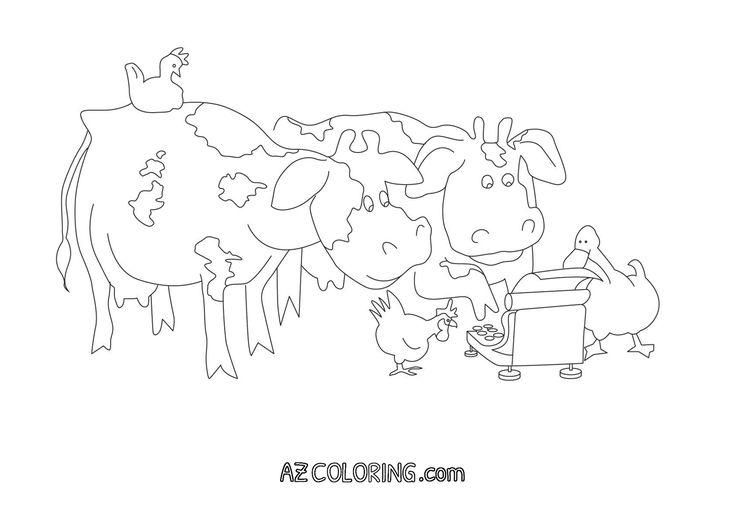 This is an injury not only for humans, but also for the cows themselves. They can accidentally butt each other, touch their horns and simply cut open a neighboring cow - these are losses, including economic ones. In general, this is the marker that can be seen immediately: a calf was born, there are no horns, which means that the technique works,” the researcher explains.
This is an injury not only for humans, but also for the cows themselves. They can accidentally butt each other, touch their horns and simply cut open a neighboring cow - these are losses, including economic ones. In general, this is the marker that can be seen immediately: a calf was born, there are no horns, which means that the technique works,” the researcher explains.
The cow is edited by the virus
For the experiments, we chose not an "ideal cow", but an ordinary one, which is widespread in the region. The bulls were chosen very carefully, they tracked the necessary qualities, and the cows - what they are. At every turn, the scientist notes, something did not go as expected.
Editing the genome proved to be quite difficult. There were no ready-made methods for this, and similar ones, for example, those used on mice, did not fit here. Difficulties also arose at the technical level: for example, a cow's cage is very dark, and it is simply impossible to see what changes are taking place in it. It was necessary to develop a separate technology in order not to work blindly.
It was necessary to develop a separate technology in order not to work blindly.
It was planned to make the necessary changes in the cage using a puncture. But it turned out to be too traumatic for the cells.
- They began to look for other ways. Now it is very popular to use viruses that are not dangerous for humans and animals, says Krivonogova. - In the virus, as in a container, an editing system is placed, and then the virus does everything on its own, since it can penetrate inside the cell, use its DNA inside it.
But the editing system was so big that it simply couldn't fit into a standard virus. I had to look for more capacious viruses - one of the human and chimpanzee adenoviruses worked, and "embryos began to be edited."
Read also
These are not cats for you. How cloning can make milk safer
Then there were difficulties in cell development. Every few hours, the number of cells doubles and ensures the development of the embryo. But at the beginning of the study, they simply froze. It took a long time to figure out why this is happening, but the problem was solved. Later, at a new stage, it was not possible to successfully thaw the embryos - they died. The problem turned out to be the method itself, which is suitable for a person, but turned out to be unsuitable for a cow.
It took a long time to figure out why this is happening, but the problem was solved. Later, at a new stage, it was not possible to successfully thaw the embryos - they died. The problem turned out to be the method itself, which is suitable for a person, but turned out to be unsuitable for a cow.
“We managed to change the methodology and work it out,” says Krivonogova. New solutions were also required at the next stage - the embryos already implanted in the cows at a certain moment began to freeze and also died.
It is important that the modified area disappears not only in the modified animal, but also in its offspring. The embryo is changed already at the stage of one cell, but the body has a protective mechanism that constantly scans the DNA and eliminates the damage found in it. This mechanism helps organisms survive, for example, when exposed to background radiation, but it makes it very difficult for scientists to work with gene changes. It was necessary not only to “break a section of the genome”, but also to do it in such a way that the defense mechanism would not notice.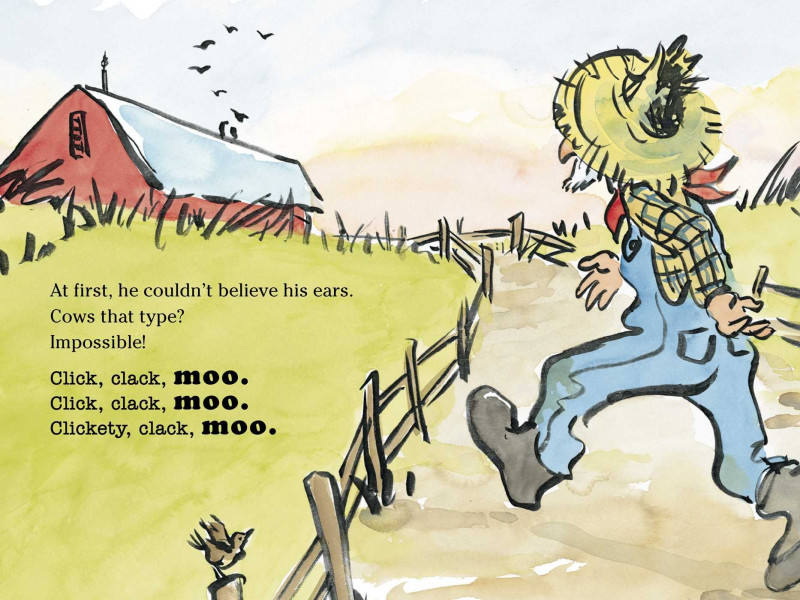
- Now we need to perfect this technique and try to exclude situations when two different types of cells with different genotypes develop in one organism. This often occurs even in nature, but we need to eliminate it.
The first heifer
Scientists are not yet sure that this technology will be able to scale and change the genomes of, for example, chickens and pigs. The technology transition from flies and mice to cows has been more difficult than expected. But it cannot be called impossible, Anna notes. In theory, in the future it will be possible to create a pig that will not be susceptible to the dangerous African plague. To do this, you just need to break the desired site in the animal's genome so that the ASF virus cannot affect it.
— In words, it's simple, but I think that if we do take care of the pigs, there will be the same thousand small steps on which we will stumble, — said Krivonogova.
At the same time, the developed technology excludes not only the manifestation of the repressed region of the genome, but also the appearance of mutations. If we imagine that the genome is a constructor, then we can assume that a change in one section can lead to a change in neighboring ones, which means that cows with two heads cannot be avoided. This is not so, the scientist explains. Genes are not so close to each other, so the technology allows you to target the desired gene without affecting neighboring ones.
If we imagine that the genome is a constructor, then we can assume that a change in one section can lead to a change in neighboring ones, which means that cows with two heads cannot be avoided. This is not so, the scientist explains. Genes are not so close to each other, so the technology allows you to target the desired gene without affecting neighboring ones.
Read also
Ekaterina Khrameyeva, Skoltech professor: there is an amoeba, and I love it very much
The scientists do not plan to give the cow to the farm. Firstly, while it is legally impossible to use genetically modified livestock for food production. And secondly, it's just a pity.
— Modern technologies "squeeze" everything out of cows so much that nothing remains of them. The animal lives in production for about three years, although under favorable conditions a cow can give milk for ten years, the scientist laments. - We will not give her up in such conditions, she is our first. We will study it, love it, protect it and lay the foundation for the next ones.